A DSO is linear amplitude vs time usually high impedance.
A VVM is linear or logarithmic with amplitude and linear phase vs f and usually 50 Ohms and measures over a far greater dynamic range and better accuracy in phase vs freq. and much wider dynamic range of amplitudes.
Selection depends on the impedance, amplitude and accuracy of your measurements.
Your specs, your choice.
A vector voltmeter function is often included in higher end new products, so these may be obsolete, but a description from an obsolete HP product as follows;
" A vector voltmeter is a fully automatic tuned receiver that makes RF voltage and phase measurements easy. Its narrowband measuring technique gives a dynamic range of over 90 dB and a sensitivity of 10 micro V to trace even the smallest signal. This vector voltmeter also measures the phase difference between its two input channels with at least 0.1 degree resolution over a full +180 to -180 degree range, so they can be used for another complete set of measurements - such as electrical length, phase distortion, or impedance"

Note: this is a 19" rack mount precision radio, not something you can build on a breadboard.
This is how the VVM function can be done with a Network Analyzer, NA


